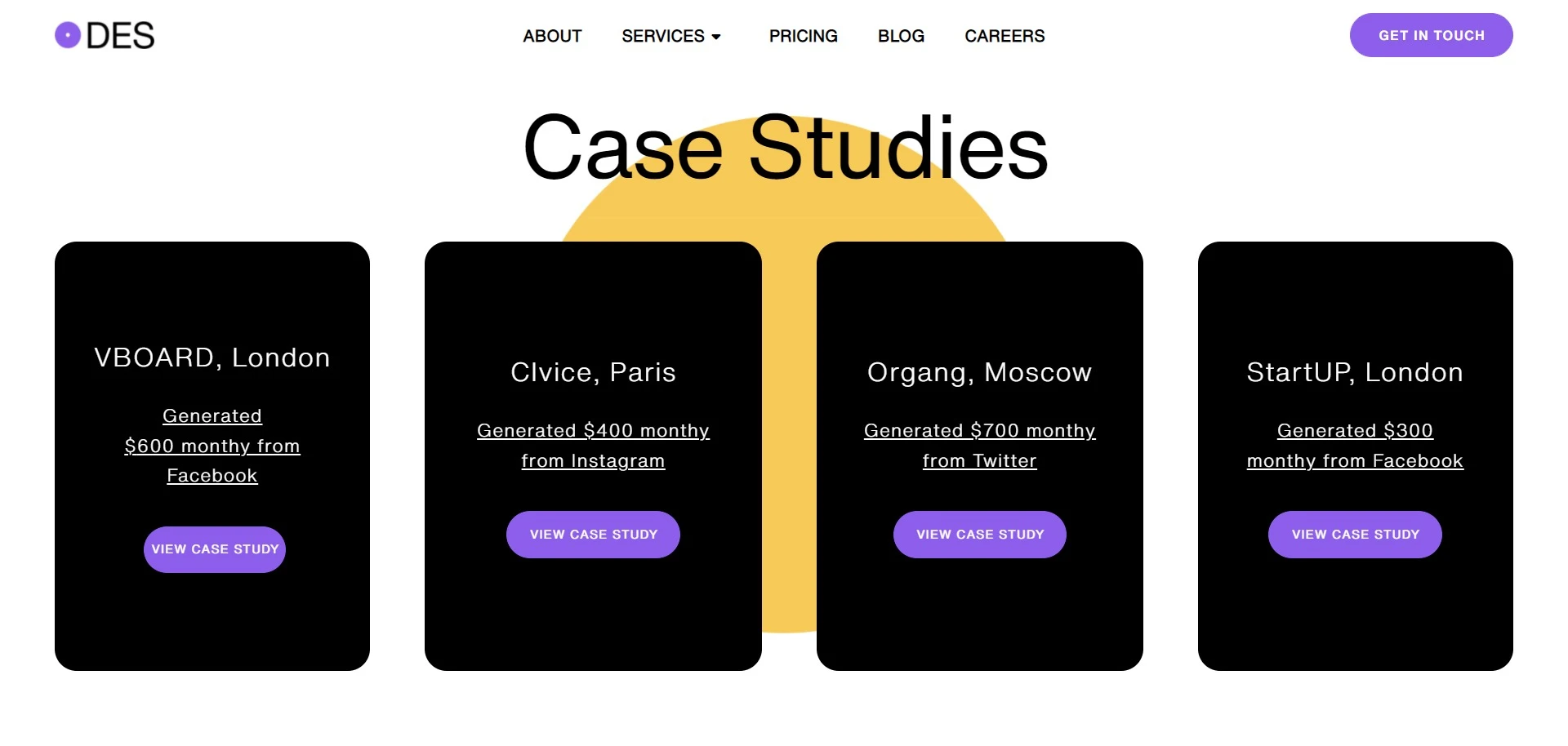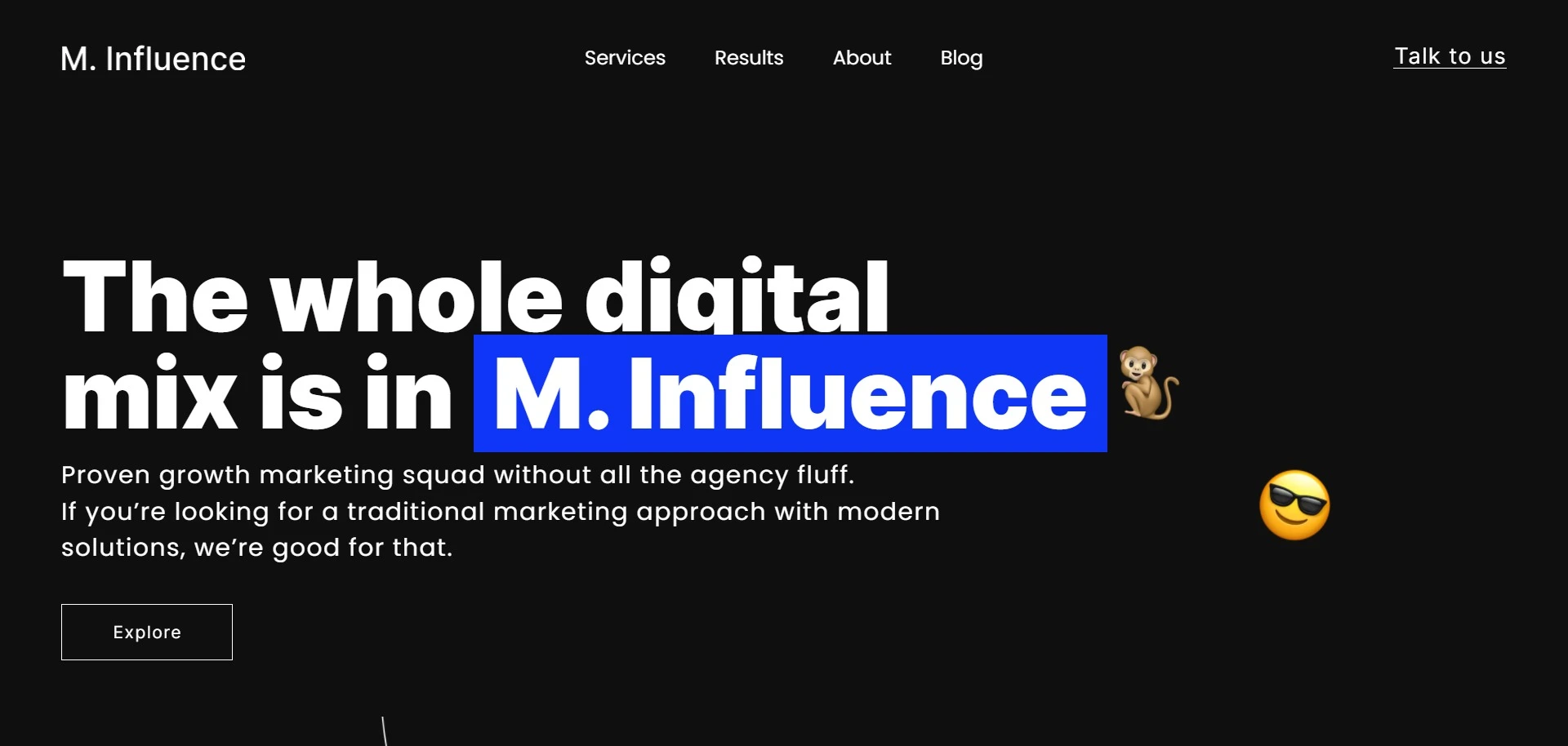Creative writer Robert McKee once said, “If you can harness imagination and the principles of a well-told story, then you get people rising to their feet amid thunderous applause instead of yawning and ignoring you.” Of course, business storytelling has more to it than mothers reading stories to their children in hopes of widening their imagination. It’s also an excellent way for companies to connect with their customers on a deeper level. But before we get into that, first, let’s understand what a story is and how business executives can learn to tell great ones.
What Is a Story in the Framework of Digital Storytelling?
McKee explains a story as a way of expressing how and why life changes.
At first, there’s the state of balance: everything is how it’s supposed to be. You go to work, have a club sandwich for lunch, then get back home: and the cycle goes on and on. At that point in the story, you expect everything to stay the same, except maybe a change in your lunch menu from time to time.
But in all great stories, there come the opposing forces with which the character needs to fight. So, an event occurs: in screenwriting, they call it the “inciting incident.” And that event causes imbalance. For example, maybe you lose your job, have your heart broken, etc. And then, the story goes on to show what the character does to restore the lost balance.
From a business’s point of view, a story goes beyond digital marketing trends. Business storytelling is branding, business communication, advertising, and marketing all in one.
To offer you a concise definition of storytelling in business, we can say this: storytelling is the art of delivering business communication as a well-defined, flowing, and compelling story. The primary purpose of digital storytelling is to build a relationship based on empathy, compassion, and trust with your audience. People were attracted to stories from the dawn of time and told them every way they could. As long as your story clicks something in the hearts and minds of your business customers, the impact is massive.
Why Is Storytelling Important in Business?
Brands use business storytelling to connect to their leads and current customers. When a business tells a story, the world is ready to listen. Nobody can deny the power of storytelling when one of the largest social media networks in the world – namely Instagram – has a section dedicated to stories. Telling a good one is not an easy feat, but we will offer some ideas and examples so you can get your inspiration going.
If branding and marketing emphasize the business as the main character, digital storytelling focuses on the customer. While you need to create and grow a company persona, your main priority is to turn your customers into the real heroes of the story. It sounds convoluted, but the idea is quite simple. Instead of focusing on what your company knows, does, or sells, focus on who your company is. Are you a technology trailblazer? Are your company and its employees dedicated to solving a specific problem your audience relates to? Do you want to make your voice heard in a certain problematic area?

As business storytelling examples go, let’s say a company tells its audience about its collaboration with another business.
The press release’s headline could keep the audience engaged with the news for a short while, but eventually, the interest fades. On the other hand, a business announcing its collaboration with an NGO to solve a community problem is a whole different plot. That story is more likely to pique users’ interest and even attract them because of the shared interests.
Learn How to Tell Compelling Business Stories
You know that humans naturally want to work through stories. Cognitive psychologists explain how the human mind gathers little experiences into a story to understand and remember. Americans consume over 100,000 digital words every day, and 92% of them say they want brands to tell stories. If you think about it, it’s easy to forget lists, numbers, and bullet points. But when you create a story from all of those, it sticks to peoples’ minds like the chorus of their favorite song.
With that in mind, Vasiliy Makritskiy, CEO of Docs.Zone said,
“Stop boring everyone with just numbers. Everyone has stats they want to share. Just get a little creative in how you share them.”
As an entrepreneur, you have to understand your company’s past and, at the same time, project its future. And what’s the easiest way of imagining the future? You’ve guessed it: with a story. So if you communicate with your customers through stories, your products and services will appeal to them because, as John Bates, CEO of Executive Speaking Success & Business Coaching, says, “Our brains value stories over anything else.”
But you cannot stop every single passer-by and start telling the most exciting story you’ve just come up with, right?
So, your company website is the perfect place to share your message. All businesses need a website in our day and age, and one of the reasons is that websites are the easiest way to keep your users close and engaged with your story.
However, just as you factor in some things before designing a marketing campaign, you should also factor in some elements in your online storytelling plan. So, let’s see the basic elements you should not forget about when you begin your story.
1. The “About Us” Page on Your Website
The “About Us” page has the tightest connection to your brand and business story among all the mandatory website pages you need to create a useful and compelling website. On this page, you can tell the world why you are there and why the customers should be there with you as well. This is where you state your mission, vision, and goals. It is the business card you want to offer and the door you open so people can see you and know you.

You can write the “About Us” page in a narrative form, showing the timeline of your evolution as a brand. Moreover, don’t forget about plot points, story characters, and the quests they must accomplish to reach their ideals. This page should include team photos and bios, pictures from company events, company outings images, numbers and statistics (but keep them to a minimum), etc.
2. Your Website’s Blog Section
We won’t emphasize the importance of having a blog for your business website but focus on how your blog could massively boost your business storytelling efforts.
You can create brand content targeting specific audiences. People don’t share generic stories but content pieces that spark an emotion in their hearts or solve their pain points. The more specific and tailored your content is, the better the chances of it going viral on social media networks.
- The blog gives you room to play with different creative strategies, from tailoring catchy headlines (but not click-bait) to letting your audience know about your latest feats amounting to you reaching your mission and goals.
- The blog allows you to deliver keyword-rich evergreen content that can send new customers to your website for years to come.
- As a crucial part of your content marketing strategy, your blog is the blank page where you can develop your company’s narrative. It is the place where you can build brand image and consistency, compel audiences to comment and connect, solve peoples’ problems, and share a new chapter of your evolution as a character.
You should not forget to design a content marketing strategy for your business’s blog section. Make an editorial calendar and follow it closely. A blog post published a couple of months on a random topic does not amount to business storytelling. Evergreen content delivered consistently will lay the foundation of your digital story and help you with your SEO efforts.
3. Your Social Media Presence
No matter the pressure we put on social media networks these days, the truth is we all try to make the best use of them. As with any online marketing strategy, business storytelling on social media must follow a simple rule: match your brand’s image with the social network profile and the interests of that network’s audience. You don’t need to use all platforms just to reach out to random people.
However, you must adjust your storytelling methods to engage the users of that network. Always be authentic in your endeavors. Just because you have an Instagram account, it doesn’t mean you should try to manipulate the audience. They will catch on to your dishonesty, and the backlash will be fierce.

Therefore, as long as you are genuine and consistent across all platforms, you can use social media to make your story seen and heard better. Whether you prefer YouTube, Facebook, Instagram, Quora, Twitter, etc., you can make social media work in your favor. Remember that brand storytelling is not a bildungsroman. Your story is made of bits and pieces, of short stories and novellas, of ideas, small conquests, and so on. In other words, you build your story in years on the platforms and networks that suit you best.
4. Case Studies
Once in a while, companies publish a case study on their websites to create a solid and direct connection between a relatable client’s story and the audience. Business case studies and clients’ success stories act as a valuable marketing tool. They explain a client’s problem and how your company solved that problem in detail. Case studies are success stories wrapped in problem-solving strategies, rich with visuals, verifiable data, and the clients’ testimonials.
If other people in the audience share similar pain points with your client, they are most likely to contact you to help them solve their issues too.
In the case of study-based online storytelling, don’t forget to make your client the hero of that narrative. Discuss the “quest” they had to accomplish, the obstacles and villains met during the journey, your role in helping, and the outcome achieved.

5. User Generated Content
You know someone is a hero when other people tell stories about them. This is how legends are born. We have discussed UGC and its importance for any business wanting to engage authentically with its audiences, so we will not pedal on this topic too much today.
We want to tell you that user-generated brand storytelling and marketing is probably one of the most powerful techniques you have at your disposal to stand out from the crowd.
In conclusion, you can tell stories through different forms of content: blog posts, eBooks, your “About Us” page, videos, social media posts, and more. With the right story, your readers will turn into leads, then into customers, and, in the end, into loyal, returning audiences. And isn’t that your endpoint?
So now, if you want to tell great stories to your audience, there are a couple of things you’ll need to keep in mind.
1. Talk About Failure
We are sure everyone has been to one of those weddings where the groom’s uncle spills his success story in the most detailed form on everyone’s head. And the toast becomes so unbearable that you’d rather not taste the cake, just to get rid of that voice in your head. That’s a perfect example of bad storytelling: he lost his audience in the first 3 seconds.
First and foremost, when telling stories, keep in mind to keep bragging at a minimum – you may look like you are trying too hard to show that you are awesome or you care. Instead, people are interested in the story of your small failures: that’s when they can relate themselves to you. As humans, we are more inclined to believe in others’ failures because, to be honest, we are all flawed.
And as Bates said, “People don’t connect with your successes; they connect with your messes. So your message is in your mess.”
Of course, you can talk about success occasionally – see those case studies we mentioned before – but don’t brag. When brands brag endlessly about the amazing things they do, people will go elsewhere to find others more humble to relate to.
2. Play With Emotions
It’s no secret that certain emotions enhance consumer loyalty. And every relationship between two people contains some form of emotion: whether it’s the hatred between you and that tall girl from high school or love between you and the grandpa working at the kiosk on the corner of your street. So if you can spark the emotional side of your audience’s brain, you can connect with them on a deeper level. And after that, it doesn’t matter what you’ll talk about: they’ll be hooked.
Moreover, as Bates states, “none of the facts and figures matter until you have some sort of emotional connection.”

3. Senses Do More Than You Think
Every day after work, I call my mom and ask her what she cooked today. And she, knowing me better than anyone, how picky I am with my food, explains to me how the broccoli, melted with the cheese, are wrapped around the chicken breast I love so much. Then she tells me about the creamy smell they’ve created dancing in the kitchen air. And I’m sold: it does not matter that I don’t like broccoli. And she’s a good storyteller. Do you know why? Not only does she know her audience well enough, but she appeals to my senses through her story. And I, her audience, engage immediately.
4. Start From the Middle
“Life happens in chronological order – that’s boring!” says Bates.
“Start in the middle, where things are exciting. It’s much more interesting.”
And it’s true. People start their stories from the beginning and lose their audience’s attention as fast as lightning. So next time you’re telling a story, put yourself in the other’s shoes and think if they want to hear the whole story. Storytelling is a powerful tool to use in the business world. Whether you are the CEO of a big company and want to motivate your employees or a marketer who’s advertising a handbag, great stories will do your job.
5. Always Practice What You Preach
As we said, authenticity across all platforms is a must for good business storytelling. Dishonesty will not fly in a world where we can verify the truth behind any statement in a couple of clicks. The truth means you can share some of your failures with your own struggles and successes. But what it means the most is that you need to be true to yourself and your brand no matter what you say and do. Especially when you think no one is watching.
Many celebrities have been recently called out on their hypocrisy and dishonesty for not practicing what they were preaching. A superstar fighting climate change should book a commercial airline ticket instead of flying a private jet. This is just an example, but you get the gist. If your company persona built a certain image and delivers a certain message, don’t go doing something on the opposite side, as a disappointed audience is an audience that will leave you.
Bottom Line
If you think storytelling is not for you, remember author Robin Moore’s words: “Inside each of us is a natural-born storyteller, waiting to be released.” So what’s your story? And, better yet, do you have the white pages to tell your story on? As you know, it all starts with a mobile-friendly, well-optimized, gorgeous website! From this point of view, we are more than happy to be your assistants throughout your hero journey, so consider building a website with Ucraft as a starting point for your brand’s story.

